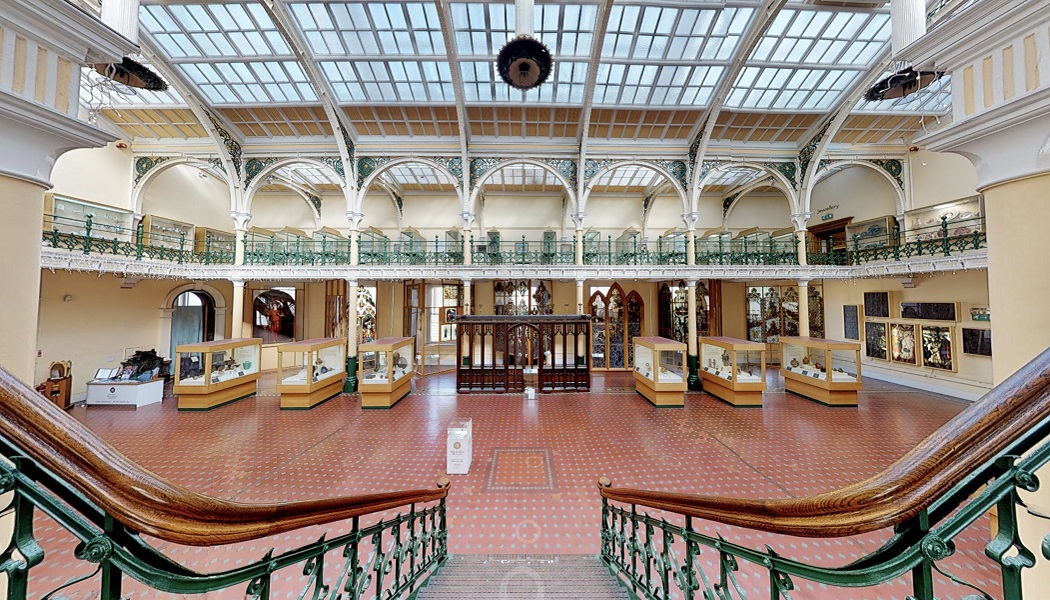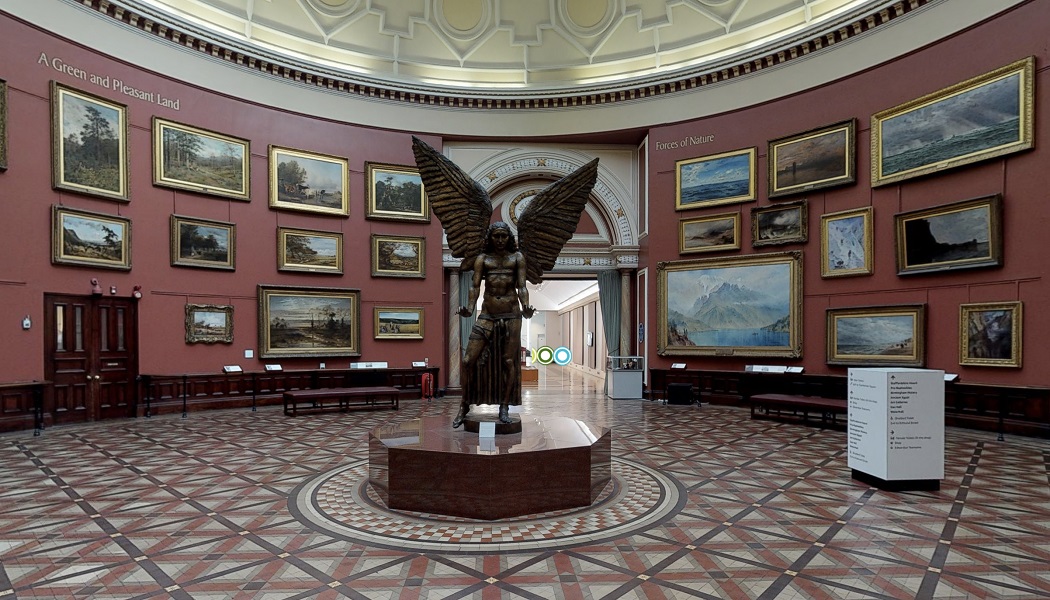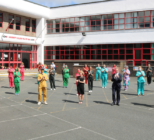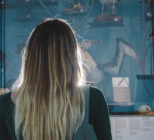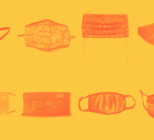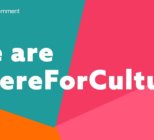With doors having been forced shut by social distancing guidelines, museums across the world are facing a blow to revenue streams they can seldom afford. A new online cultural frontier seems the only way to engage with the public and, if all goes well, save museums and galleries from insolvency.
Many of the institutions bringing the cultural sector to new online audiences are members of the Association of Leading Visitor Attractions. The organisation’s director, Bernard Donoghue, says there has been an “explosion in the number of people, here and around the world, virtually visiting the UK’s top visitor attractions” in recent days and weeks.
“All of our attractions,” he adds, “have fantastic websites and we encourage members of the public to visit them to see their collections, people, places and stories, and use this time at home to plan for the future. It’s really clear from interest from around the world that when our members re-open, the world would like to turn up.”
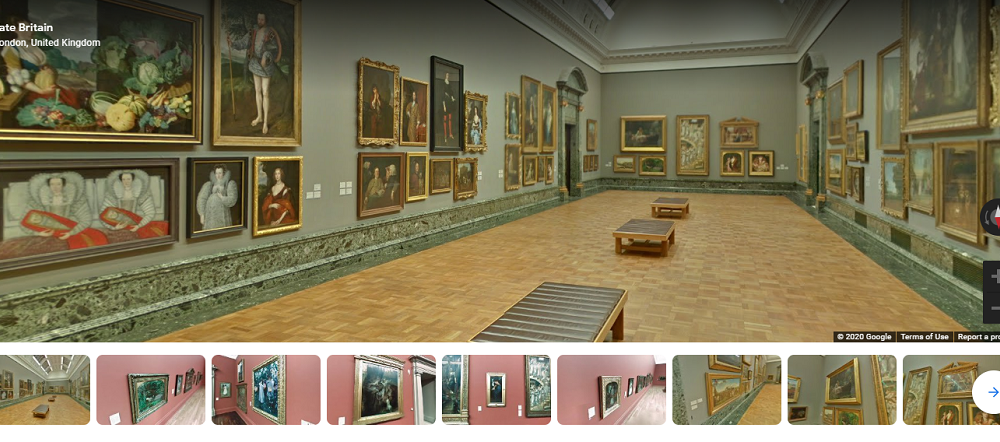
Major museums across the UK have already reported large jumps in online engagement. Visitors to britishmuseum.org, for instance, are said to have doubled in the past two and a half weeks, with many viewing their online content and virtual tours. Indeed, ‘virtual tours’ has been the second most searched for term on the website this month.
Likewise, traffic to the National Gallery’s Virtual Tour pages are up 796% compared to last week and 1144% year-on-year. Interest in the V&A’s blog is up by 81% from 12 months ago and 147% from last week. Science Museum is another site to receive a major hike in visitors, with views of its Learning Resources double that of this time in 2019 and users of its online games triple their usual figure.
Second city, first class digital
Birmingham Museums is one of the organisations to have gone digital in a major way. Find out more about this strand of its work here.
Social media is also a hive of activity, with venues such as the Ashmolean Museum of Art and Archaeology having launched the #IsolationCreations campaign, encouraging followers to ‘create’ one thing inspired by their collections every day it remains closed. An object from their collection is shared daily as stimulus for the public to respond to. This yielded 14,000 engagements in the first five days alone.
With its huge three-year redevelopment scheduled to begin in June, the enforced online shift has come at a time when the National Portrait Gallery has been busily preparing to offer visitors unique experiences outside its walls. New films will be launched on its website, including a series of interviews with Robin Muir, curator of the Gallery’s Cecil Beaton’s Bright Young Things exhibition.
Cathedrals are also getting in on the act, with the likes of Durham and Canterbury live streaming services and offering digital prayer resources to worshippers. Innovation was a strong theme of 2019 for the cathedrals of England, and there’s no sign of that waning in this most unusual year.
Powerful partners
Collaboration with Google Arts & Culture has been key to much of the online transition evident so far, with this arm of the Google brand having gradually increased its presence in the sector over recent months and years. Virtual tours made possible via its work include those offered by London Transport Museum – as it marks its 40th birthday this week – and explorations of the British Museum’s galleries, which can also be accessed via Google Street View.
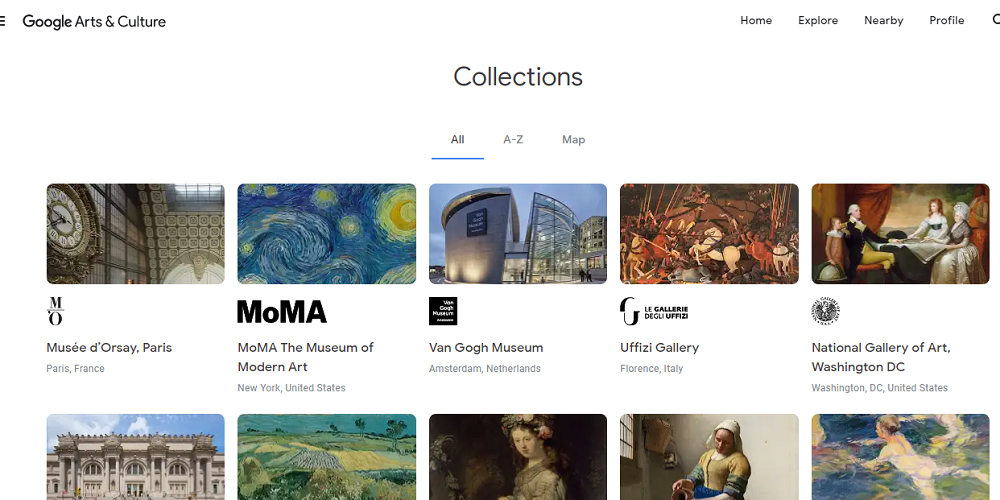
The British Museum has worked closely with Google Arts and Culture in developing online-specific exhibitions and a project looking at the Maya World. The Natural History Museum, too, has opened up 300,000 specimens from its vast collections and 14 digital exhibitions through a partnership with the tech giant. The V&A collections are another deep well of content online visitors can access via Google Arts and Culture.
This and so much more can be freely accessed by anyone visiting the Google Arts & Culture hub.
Computer screens are not the only place to access culture from afar, with the BBC following up recent series such as BBC Two’s Secrets of the Museum and Radio 4’s Curating the Future with a new Culture In Quarantine season. This will unlock major exhibitions now closed due to the pandemic in a range of new TV and radio exclusives.
Museums In Quarantine part of new BBC Arts lockdown programming
Great expectations
While it is a wonderful idea to give visitors unfettered access to museums and their collections during this period of closure, that cannot come at the cost of professionals’ mental health. In order for all these remote experiences to be a possibility, hours and hours of painstaking work is necessary to digitise resources and either implement or devise ways of publishing them.
Many workers, particularly those in digital at smaller institutions, are facing demands from colleagues or bosses who don’t necessarily grasp the scale of this task. This sentiment is perhaps best distilled by a Twitter thread from Marie-Claire Eylott.
Seeing higher-ups from museums everywhere go from ‘all u do is type some words about our old things and hit publish’ to ‘we’re shutting down in an hour, have a choose-your-own-adventure game, up by tomorrow morning, what do you mean “what platform” you’re the experts here’
— Marie-Claire Eylott (@mariiieclaiiire) March 22, 2020
With a recent interdisciplinary study from Oxford University claiming visits to gardens, libraries and museums can have a hugely beneficial impact on people’s wellbeing, it is plain to see why online access to such institutions could be vital to preventing a mental health crisis amid the current lockdown scenario.
Facilitating this access may seem vital, but it cannot be delivered at the detriment of the sector’s already stretched workforce. Museum professionals are, despite their herculean efforts to save society’s sanity, also average members of a confused public in need of a well-earned break.

